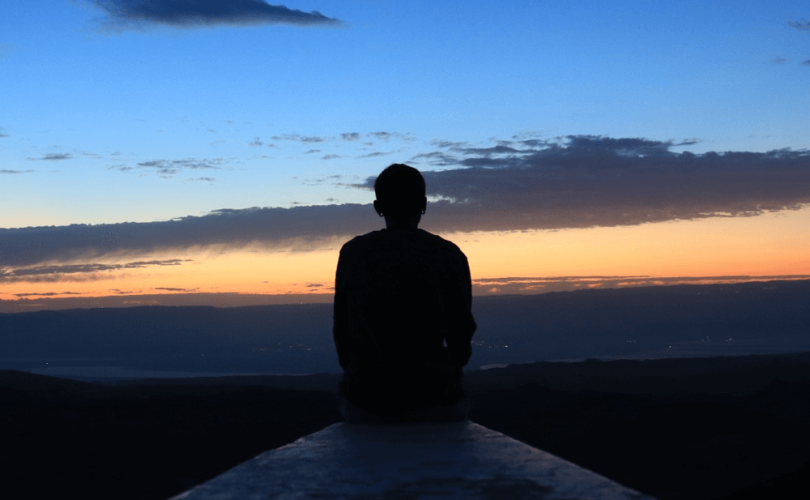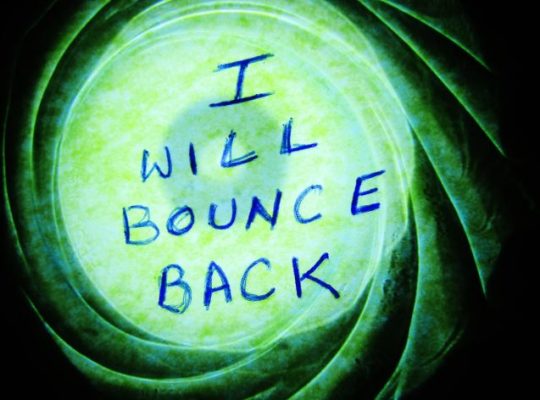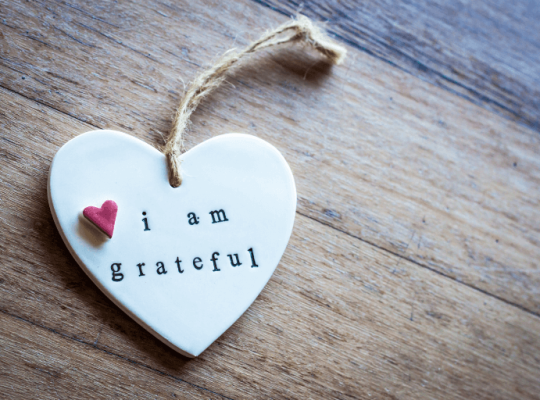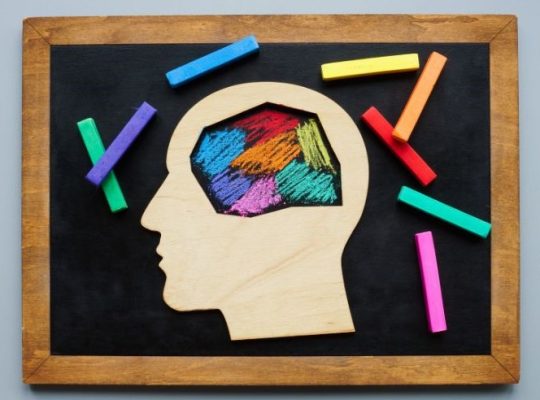So, you know how our lives these days are just jam-packed with distractions, information overload, and never-ending to-do lists, right? You’ve probably heard the word ‘mindfulness’ being thrown around as some magical solution. As someone who’s been including mindfulness in their training, coaching and life for a while, I’ve seen my fair share of raised eyebrows and sceptical looks.
Honestly, I get it. There’s a lot of complicated jargon floating around, especially in the well-being world.
But here’s the deal: I want this blog to be your go-to, no-nonsense guide to mindfulness. Trust me, it’s an amazing tool for boosting your resilience. In this blog post, we’ll cut through the confusion, dive into the awesome perks of mindfulness, and share some super simple techniques for you to try out. Let’s do this!
Old simplicity v modern complexity
First up, let’s clear the air about mindfulness. It’s not some shiny new trend. Nope, it’s been around since way before smartphones started ruling our lives. Sure, it’s got roots in religious meditation, like Buddhism, but it’s way simpler than that. You see, loads of people ‘do’ mindfulness without even realising it. Activities like walking, spending time in nature, exercising, cooking, and even cleaning (yep, cleaning) can do the trick.
In a nutshell, mindfulness is all about being 100% in the here and now, without judging or overthinking things. Just paying attention to your thoughts, feelings, and what’s happening in your body, without getting all tangled up or reacting. That’s why folks who are super engaged in a hobby or activity can be practicing mindfulness without even knowing it.
There’s a heap of research showing that mindfulness can have loads of benefits for your mental and physical health. These include: reducing stress levels, anxiety and pain. Improving memory, attention, decision-making, immune function, sleep, self-awareness, and relationships.
Simple steps
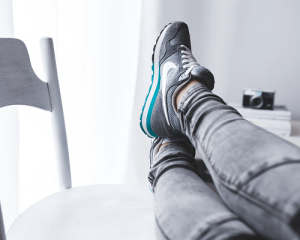
Sounds awesome, right? Let’s get you started with some simple steps:
- Find a quiet and comfy spot: Pick a place where you can sit or lie down without distractions. Sit on a chair, cushion, or the floor, or lie down on a mat or bed.
- Get into a relaxed position: Find a position where you can chill, but still maintain an upright posture. Close your eyes or keep them open, whichever you prefer.
- Focus on your breath: Notice the sensation of air moving in and out of your body. You can focus on the feeling in your nostrils or chest.
- Notice your thoughts: As you concentrate on your breath, your mind might wander or get distracted. That’s cool! Just observe your thoughts without judgement, and gently bring your focus back to your breath.
- Practice regularly: Aim for a few minutes each day, gradually increasing the time as you get more comfortable. Guided meditations, apps, or classes can help you get started and stay on track.
- Bring mindfulness to everyday activities: You can practice mindfulness during everyday stuff, like eating, walking, or even washing dishes. Just be present and focus on your senses and experiences.
Mindfulness is a skill you can develop with regular practice. Don’t stress if your mind wanders or if you feel restless at first – that’s totally normal. With a bit of patience, persistence, and an open attitude, you’ll be rockin’ mindfulness, bringing more awareness and inner peace into your life.

